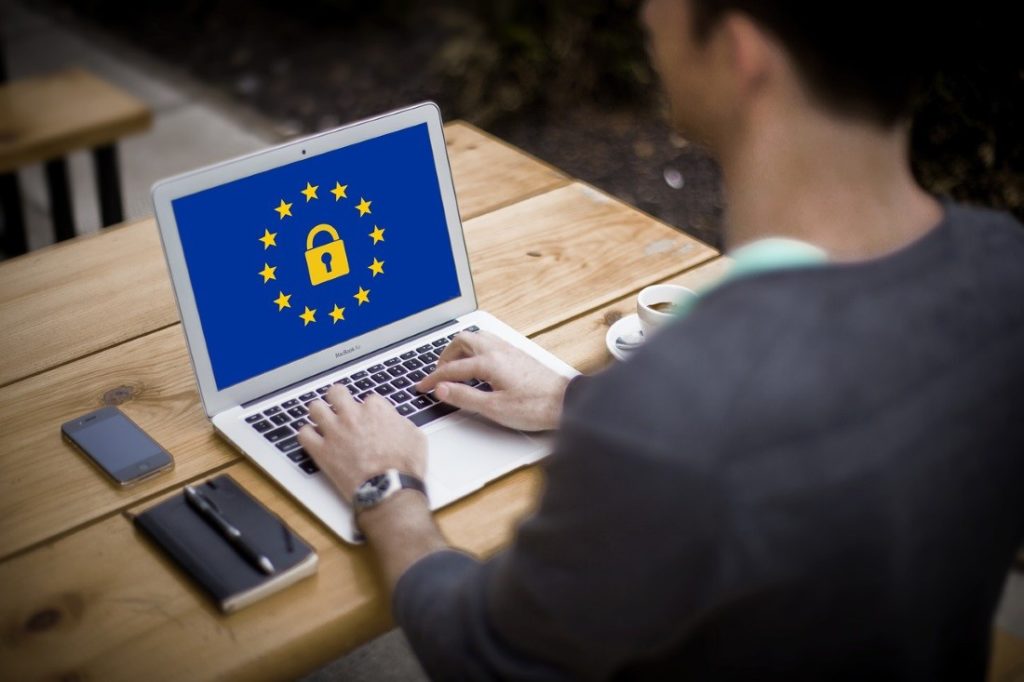The General Data Protection Regulation or GDPR is a regulation passed to protect the online privacy of individuals residing in the European Union. The new regulations protect the privacy of authorized persons of companies with websites whose details are found in domain registries. The new regulations protect the privacy of the owners of trademarks. Before the regulation details of trademark owners could easily be found on domain registries and public databases.
What is the WHOIS Database?
The WHOIS database was at first used by the Defense Data Network. The WHOIS Database allowed one to search and find information from the records about the ownership of domains and ownership of trademarks. The database is very useful for business owners because they could find details of anyone violating their intellectual property rights by wrongfully using their trademarks. One business can easily contact another through the contact details available on WHOIS. The WHOIS directory has a list of technical and administrative personnel who help resolve issues like network attacks, DNS and routing protocols and DoS or denial of service issues.
WHOIS helps in enforcement of trademarks
The WHOIS directory has detailed information about a person who registers an online domain name. One can easily access the name, address and contact number of the owner of the domain and the administrative and technical contacts of the domain name. A business owner can check the WHOIS directory easily and perform the enforcement of trademarks in the event their trademark has been infringed. They can also inform those who are using their trademarks by mistake so that they can change the trademark used. Since IP owners had easy access to the details of domain names and their owners on WHOIS, they were able to detect and resolve trademark infringement issues.
GDPR’s Effect on trademark infringement and WHOIS
The new regulation of the EU, the GDPR requires that WHOIS asks for the express consent of the person whose names addresses and phone numbers are published on the directory before they can be published. The express consent of persons is not asked before their personal data is published on WHOIS. Owners of trademarks cannot easily detect infringement of their trademark by referring to WHOIS database downloads where they can find the owner of the infringing trademark and amicably resolve their trademark dispute once the GDPR’s effect is felt after the regulation comes into force.
While a business can directly contact the registrants of the domain name, they cannot get access to their contact details. Identifying trademark violations will become difficult after the GDPR’s effect is felt. Efforts are being made to provide restricted access to users like owners of trademarks or administrators of IPs by providing a Unified Access Model. The European Data Protection Board has not definitively approved of the new model yet.
Until new and effective access models for directories like WHOIS come into force, trademark and intellectual property enforcement and intellectual property or trademark policing will be a difficult process without access to personal details.
